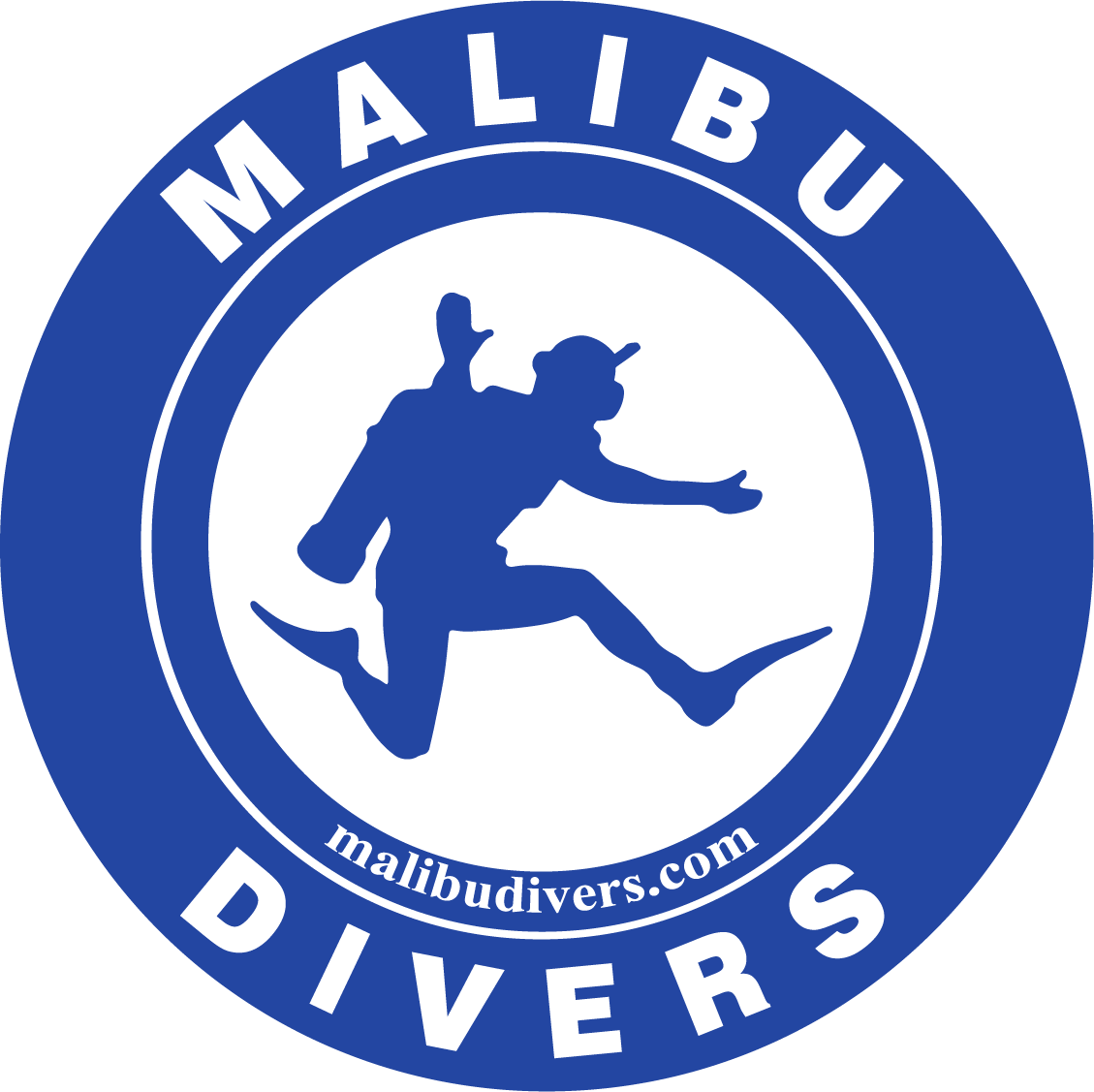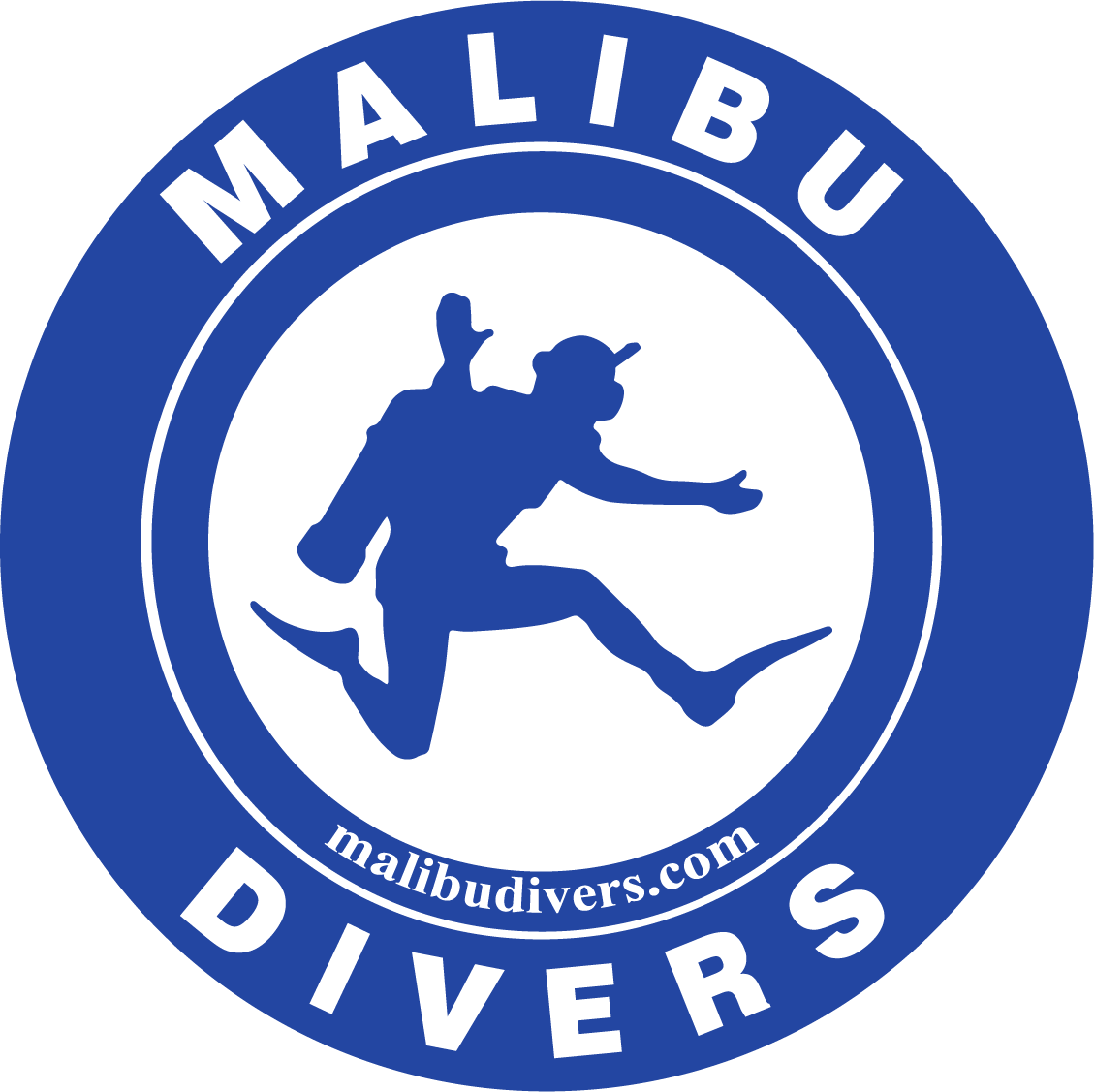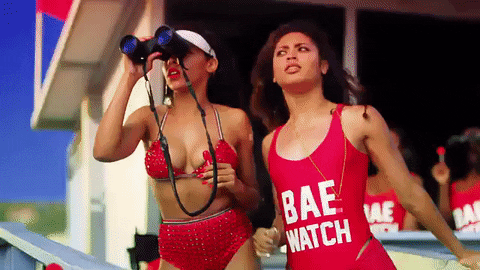Rescue Divers: Learn the Signs, Save a Life

Los Angeles, CA – February 15, 2021 (updated April 26, 2015)
As temperatures rise and kids prepare for spring break and summer vacations, families are heading out on the water for fun in the sun as the season begins. It is so easy in these first, warmer days, to become casual about water safety, and perhaps not be as alert or mindful.
Sadly, drownings often occur in large groups of people, where victims perish within sight of onlookers, such as the recent drowning of a 3 year old boy left unattended at a backyard pool in Valencia. According to the WHO, World Health Organization, drowning is the 3rd leading cause of unintentional injury death worldwide, accounting for 7% of all injury-related deaths. There are an estimated 320,000 annual drowning deaths worldwide. In a recent Slate article, former Coast Guard rescue swimmer Mario Vittone said these kinds of drownings occur because most people have no idea what drowning actually looks like.
It is not the violent thrashing we see on television. A drowning victim cannot always yell or wave his arms to signal that he is in trouble. In fact, a swimmer on the verge of going under may even look deceptively calm.
Part of becoming a PADI Rescue Diver is learning to recognize the signs of drowning. According to Vittone, a drowning person can look like this:
- "Head low in the water, mouth at water level
- Head tilted back with mouth open
- Eyes glassy and empty, unable to focus
- Eyes closed
- Hair over forehead or eyes
- Not using legs—vertical
- Hyperventilating or gasping
- Trying to swim in a particular direction but not making headway
- Trying to roll over on the back
- Appear to be climbing an invisible ladder"
And these are only some of the signs. If you are a SCUBA diving parent or any SCUBA diver, or even if you just find yourself in the water often, and have been thinking about taking a course in water safety, perhaps now is the time. A rescue diver course is not just for SCUBA professionals, although our program will earn you a PADI Rescue Diver certification. You need to have at least PADI Adventure Diver certification (including navigation as one dive) or non-PADI equivalent level. Open Water divers are also welcome to participate in the pool training session and if it’s been over one year, it's time for a Rescue diver refresher. Come join us for a refresher!
In our Rescue Diver course, we cover rescue skills such as Diver Stress, Tired Diver, and Situation Assessment. Not only that, but we also cover EFR, Emergency First Response (CPR & First Aid, AED, Oxygen) training as well for our class. It is required because we believe in producing prepared, knowledgeable, and confident rescue divers.
Check out this latest story about a good Samaritan who performed CPR and saved two drowning victims one week after he learned how to do CPR. Of course, prevention of drowning is paramount, but knowing what to do and acting have shown that victims who receive immediate resuscitation from bystanders – before the arrival of medical personnel – have improved outcomes.



Share:
8 REASONS WHY WOMEN MAKE BETTER DIVERS
THE VIEW YOU SEE OUT OF A DIVING MASK